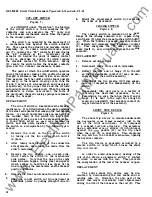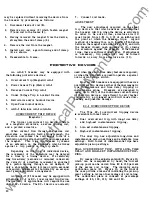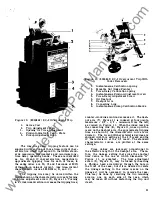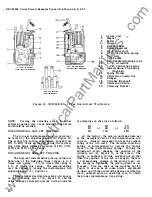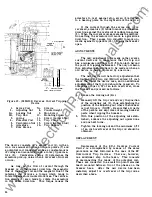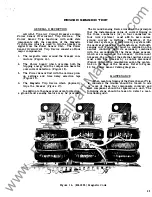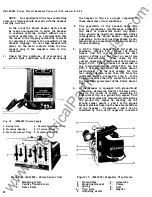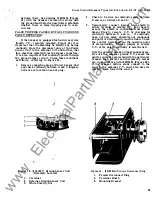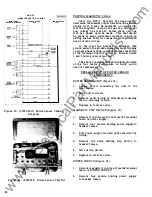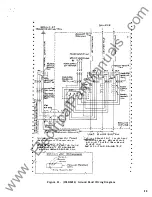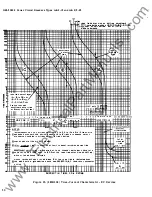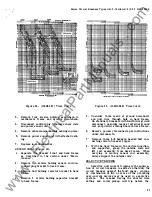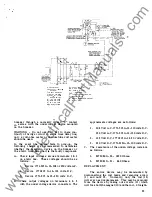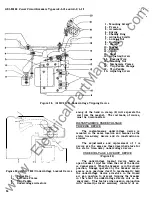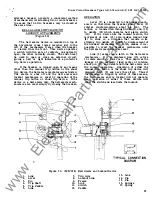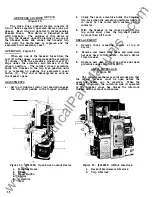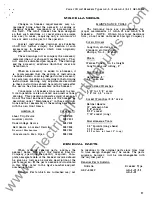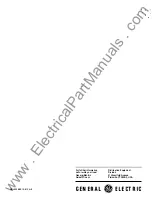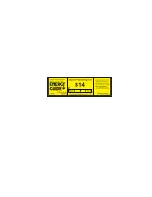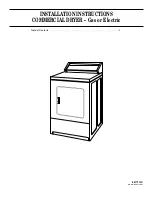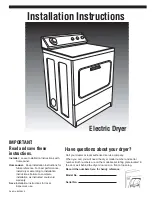
Power Circuit Breakers Types AK-2-15 and AK-2/3-25 GEI -50299
I
.... lftii CJII
-
-
-
. .
.
.
.
.
-
.
I
___ Of
,,
Figure 24. (109HL687) Time Curve
3. Remove four screws holding escutcheon to
mechanism frame and remove escutcheon.
4 . Disconnect control plug to power sensor coils
and power sensor unit.
5 . Remove cable clamps holding cabling inplace.
6. Remove power supply unit with attached cabl
ing.
7. Replace in reverse order.
SENSOR COILS (Figure 14}.
1. Separate the breaker front and back frame
as described in the section under "Main
tenance".
2 . Remove two screws holding sensor coil dis
connect plug bracket to back frame.
3 . Remove bolt holding resistor bracket to back
frame.
4.
Remove 2 screws holding capacitor bracket
to back frame.
.
1:
.
. .
...
....
.
..
12 ...
CUIIINT IN MULTIPUS OP OIOUND-TIIP liniNG
Figure 2 5 . (109HL689) Time Curve
5 . Unsolder three leads at ground disconnect
and pull wire through hole in back frame.
On stationary breakers with fourth wire ground
disconnect, unsolder leads at external ground
coil and pull wire through hole
in
back frame.
6. Remove primary disconnects per instructions
under disconnects.
7. Remove three 3/8 hexagon headed bolt con
necting coils to breaker copper.
8. With the back frame in the vertical position,
and supported, grasp the outside coils and
lift coil assembly from back frame. When
carrying or moving sensor coil assembly,
always support the outside coils.
SELECTIVE TRIPPING
Selective overcurrent tripping is thP. applica
tion of circuit breakers in series so that only the
circuit breaker nearest the fault opens. Anyone
or combination of two or more of the preceding
over-current devices may be used in a selective
system.
The breaker having the shorter time
setting and lower pickup will trip before the
3 1
www
. ElectricalPartManuals
. com


